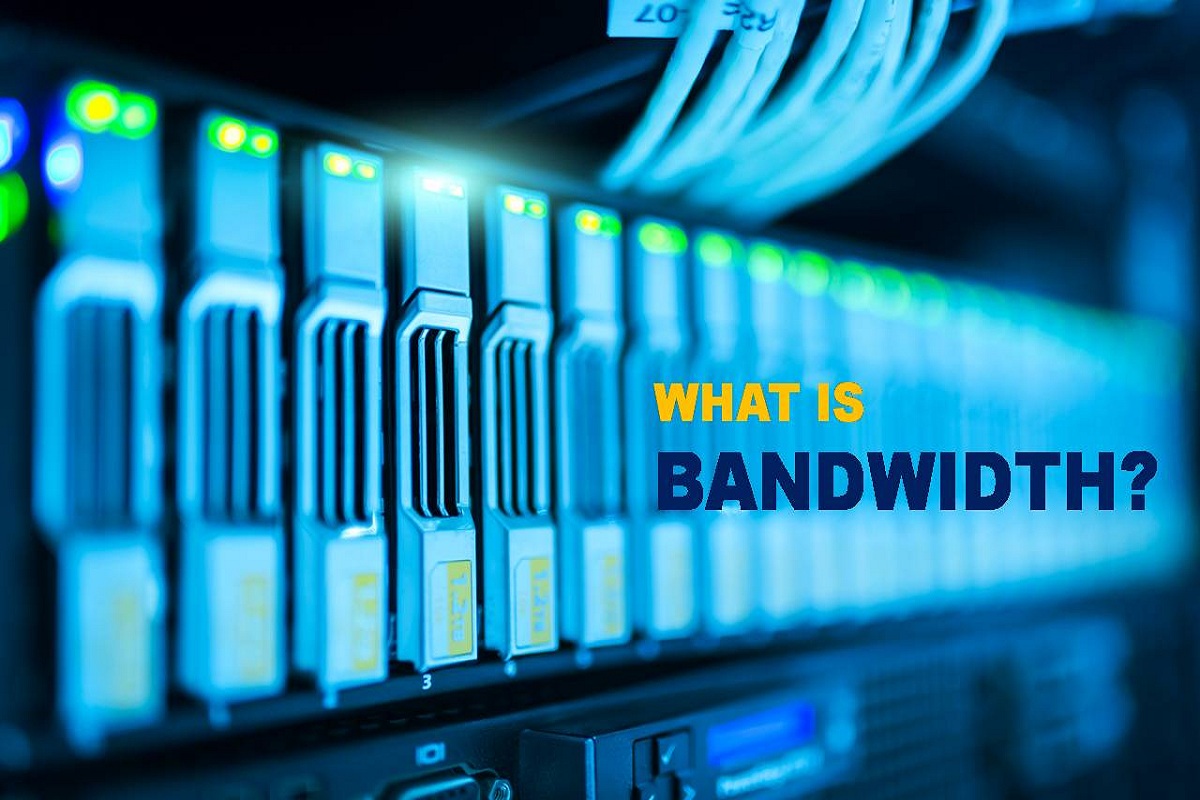

Bandwidth Unpacked: Definitions, Features & Everyday Applications
Definition Bandwidth
What’s Up With Bandwidth?
Think of bandwidth as the highway capacity for your digital traffic. It tells you how much data can zip in and out of your device in a given second.
How It’s Measured
- Bits per second (bps) – the classic units.
- Kilobits per second (kbps) – 1,000 bps.
- Megabits per second (Mbps) – 1,000,000 bps.
- Sometimes people round up to bytes per second (Bps) for a friendlier feel.
Why the Numbers Matter
A modem at 57,600 bps can pump roughly twice the data of one at 28,800 bps. That’s the difference between snappy streaming and buffering nightmares.
Checking Your Speed in a Snap
If you’re curious about how fast your connection really is, a quick online test at speedcheck.org can show you the real-time bandwidth you’re getting.
Watch Out for the Slow Link
Internet traffic often boils down to a series of connections, each with its own speed. If one leg of the journey drags, it becomes the bottleneck that slows everything down—like a jammed road in a rush hour.
Curious About More?
Need a deeper dive into computer basics? Check out a guide on what a computer actually is, its features, and types.
Uses:
What Bandwidth Really Means (and Why You Should Care)
Ever wondered why that video call stutters or why the game feels like it’s streaming through a straw? The culprit is bandwidth—the speed at which data travels over the internet. Let’s break it down in plain English, sprinkle in a dash of humor, and make sense of this tech buzzword.
1. Megabits: The VIP Guest List
- Megabits per second (Mbps) is the metric that tells us how fast data can flow. Think of it as the number of VIP tickets you can hand out to your friends each second.
- When a program “claims” its own bandwidth, it’s essentially saying, “Hold my beer!” It limits the megabits it can use so that other apps don’t get starved.
- Why? Because bandwidth is a shared resource. If one app hogs it, everyone else suffers—like a party where one person hogs the snacks.
2. Connection Types: The Fast vs. Slow Roadways
- Dial‑up (the old rotary phone style) tops out around 56 kbits/s. Great for sending a postcard, not a YouTube binge.
- Ethernet (wired) can hit up to 10 Mbps or more, depending on the cable and equipment.
- Modern fiber connections? Imagine a maglev train: they can reach gigabit‑level speeds, blazingly faster than the rest.
3. Service Plans: Reality Check
- When you sign up for an internet plan, you get a contracted bandwidth—say 100 Mbps. That’s the speed you should enjoy.
- In practice, that number can vary. Load balancing, peak times, and the ISP’s hardware can drop your speed.
- To verify, test your bandwidth against reputable speed‑check websites. The ones that matter are the ones that simulate real‑world traffic (e.g., uploading a file, streaming a video).
4. Hosting & Downloads: The Monthly Bandwidth Stamp
- Web hosting companies allocate a certain data transfer limit per month. That’s their version of bandwidth.
- If your site hits that cap, the service may throttle traffic or add extra fees—kind of like a congested highway that charges for extra lanes.
5. Analogue Age: Bandwidth as Frequency Range
- In older analog audio, bandwidth refers to the span between the lowest and highest frequencies of a sound.
- It’s where most of the signal’s power sits, affecting how clear the audio sounds.
Bottom Line
Bandwidth isn’t invisible magic; it’s the rulebook for how data travels. By understanding its limits and quirks, you can avoid the dreaded buffering blues and keep your digital life running smoothly.







